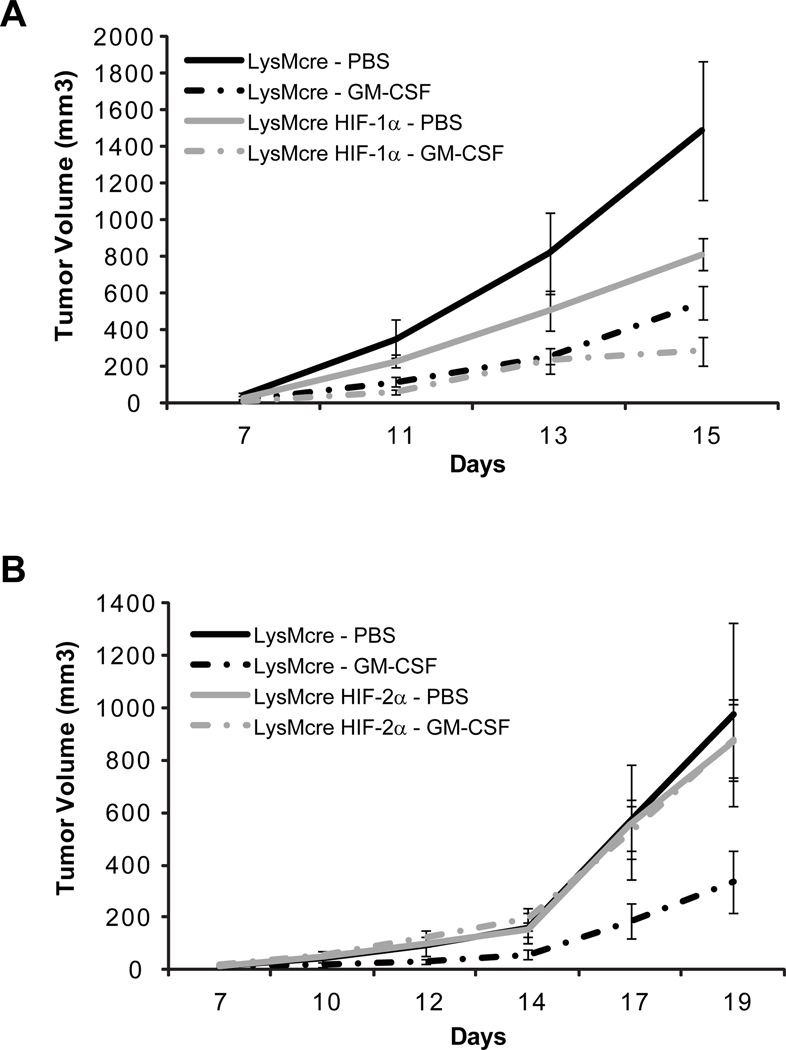Figure 1. GM-CSF fails to inhibit tumor growth in mice with HIF-2α-deficient macrophages.
(A) HIF-1αflox/fox/LysMcre mice are homozygous for a floxed HIF-1α allele and for cre recombinase driven from a myeloid-specific promoter, LysMcre. LysMcre control mice contain the LysM-driven cre recombinase but no floxed alleles. Control mice or HIF-1αflox/fox/LysMcre mice with subcutaneous B16F10 tumors were treated intratumorally 3×/week with PBS or murine GM-CSF. Tumor dimensions were measured 3×/week, and tumor volumes were calculated as described in the Methods section. (B) HIF-2αflox/+ mice are heterozygous for a floxed HIF-2α allele and homozygous for LysM-driven cre recombinase. These mice contain approximately 50% the levels of HIF-2α mRNA as control mice, but bone marrow-derived macrophages from these mice do not secrete sVEGFR-1 in response to GM-CSF (10). HIF-2αflox/+ mice or LysMcre control mice bearing B16F10 melanomas were treated with PBS or GM-CSF and tumor volumes were calculated as described in (A). For both A and B, each data point represents the mean tumor volume ± SEM of at least 15 mice per group.

